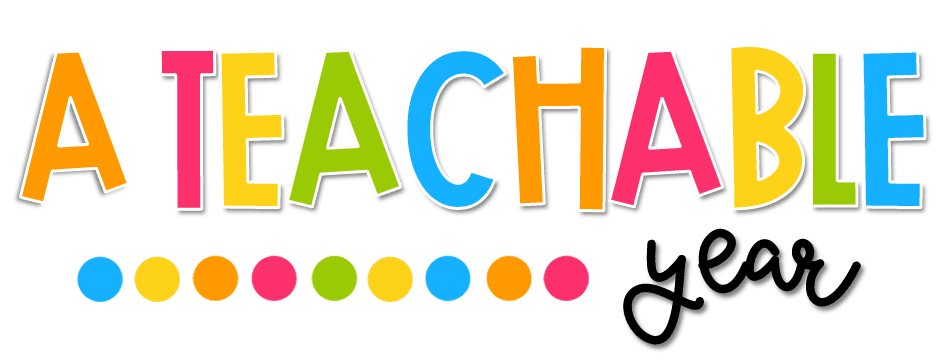Europe Day is celebrated on May 9th every year to mark the anniversary of the historic 'Schuman Declaration' in 1950 that led to the creation of the European Union. As an ESL teacher, you can use this occasion to educate your students about the diverse cultures, languages, and traditions that make up Europe, while also improving their language skills.
Here are some Europe Day ideas and activities to engage your ESL learners:
In conclusion, Europe Day is a great opportunity for ESL teachers to engage their students in fun and interactive activities that not only improve their language skills but also promote cultural awareness and understanding. By incorporating these Europe Day ideas and activities in your ESL curriculum, you can create a memorable and enriching learning experience for your students.
- Cultural Presentations: Encourage your students to research and prepare presentations on their native European country, including its history, geography, traditional food, music, and festivals. This activity not only enhances their language skills but also promotes cultural awareness and understanding among the class.
- Virtual Tours: With the help of technology, take your students on virtual tours of famous European landmarks, such as the Eiffel Tower, Colosseum, Big Ben, or the Berlin Wall. You can ask them to make notes or do a quiz based on the tour to test their comprehension.
- Language Exchange: Pair up students who speak different European languages and encourage them to practice their language skills by conversing with each other. You can provide a list of basic phrases or words to help them get started.
- Cooking Class: Organize a European cooking class where your students can learn to make traditional dishes from different European countries. This activity not only improves their language skills but also enhances their culinary skills and cultural understanding.
- Music and Dance: Play traditional European music and teach your students some basic dance moves. You can organize a mini-concert where students can showcase their dance skills, or you can ask them to create a video of themselves performing a traditional European dance.
- Cultural Quiz: Create a quiz based on European history, geography, culture, and traditions, and divide your class into teams. This activity not only enhances their language skills but also improves their critical thinking and problem-solving abilities.
- Art and Craft: Ask your students to create European-themed art and craft, such as painting famous European landmarks, making paper mache Eiffel Tower, or creating traditional costumes.
- Role-Play: Create role-play scenarios based on European cultures, such as ordering food in a French restaurant, buying souvenirs in a German market, or asking for directions in a Spanish city. This activity not only improves their language skills but also promotes cultural understanding.
- Writing Prompts: Give your students writing prompts based on European culture, such as writing a postcard from Rome, describing a traditional German festival, or writing a short story set in Paris. This activity not only enhances their language skills but also promotes their creativity and imagination.
In conclusion, Europe Day is a great opportunity for ESL teachers to engage their students in fun and interactive activities that not only improve their language skills but also promote cultural awareness and understanding. By incorporating these Europe Day ideas and activities in your ESL curriculum, you can create a memorable and enriching learning experience for your students.



No comments
Post a Comment
Thanks for your comment!